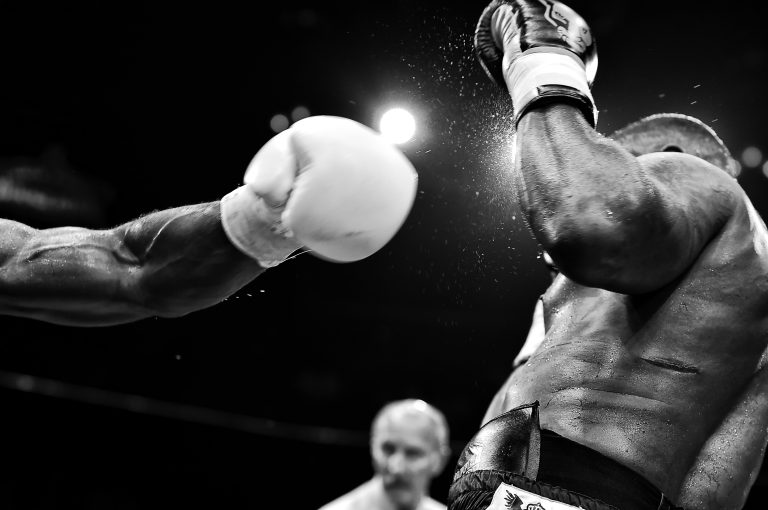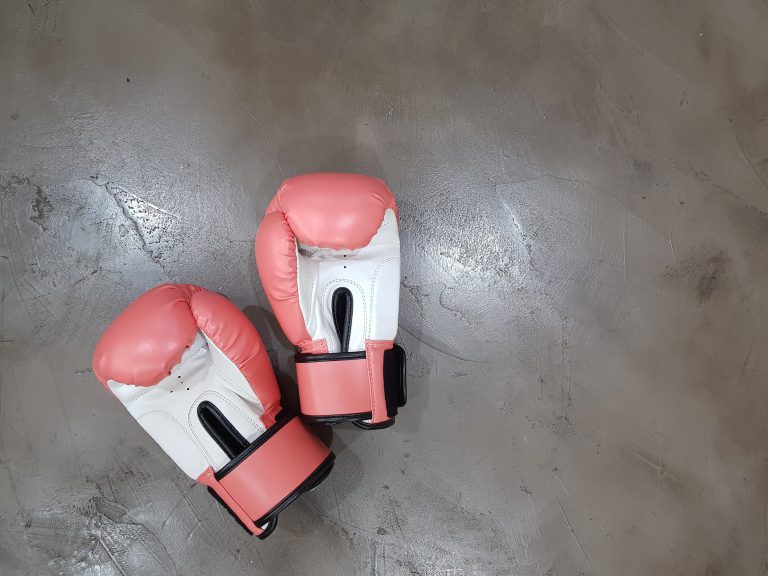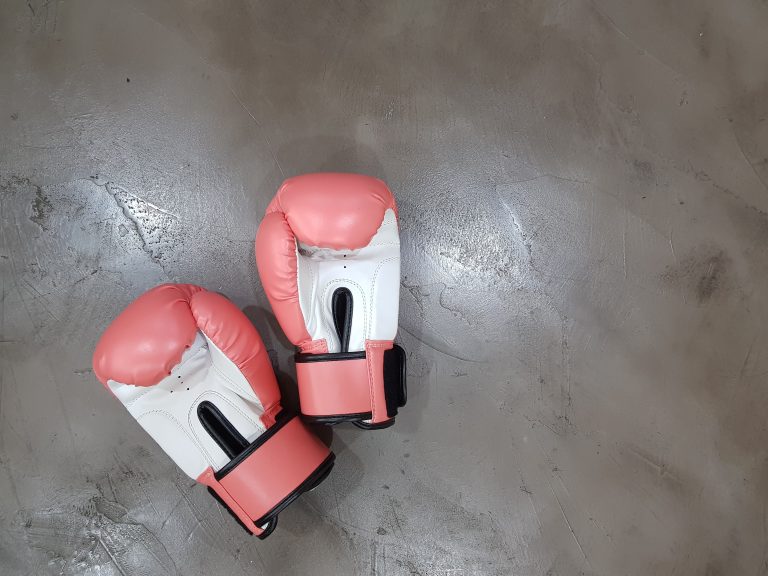Why Are Karate Belts So Long?
When it comes to martial arts, the colored belts are a symbol of a person’s level of skill and knowledge. In karate, the use of the colored belt system began in the early 20th century and has since become a crucial part of the art. While many people know that the belts represent various levels of expertise, they may not know why the belts are so long. In this blog post, we will explore the history, tradition, and significance of karate belts.
The History of Karate Belts
The use of colored belts in martial arts is thought to have originated with Judo founder Jigoro Kano in the late 19th century. He used a system of white and black belts to distinguish students‘ rank and progress. This system was then adopted by other martial arts, including karate.
Karate began using a belt ranking system in the 1920s. The system was developed by Funakoshi Gichin, the founder of Shotokan karate, and was based on the Kyu/Dan system used in Judo. The Kyu/Dan system consists of a series of colored belts followed by black belts, with the Dan ranks indicating a higher level of expertise.
The Significance of Belt Length
When it comes to the length of karate belts, there is no universal standard. Belt length can vary depending on the school or organization in question. Generally, karate belts are longer than those used in other martial arts. The standard length for a karate belt is 2.5 to 3 meters (8.2 to 9.8 feet) long.
One theory for why karate belts are so long is that in the early days of karate, belts were made from cotton or silk and were meant to double as weapons. The longer belt allowed for more material to wrap around the waist and, in turn, could be used to strike or choke an opponent if necessary. While this may have been a practical reason for the longer belts in the past, today, belts are made from less durable materials and are not used as weapons.
Another theory is that the length of the belt is a symbol of a person’s journey and progress in karate. As a student progresses through the ranks, their belt will become longer. This is meant to represent the length of the student’s journey and the amount of training and dedication required to achieve their rank.
The Colors of Karate Belts
While belt length can vary, the colors of karate belts are generally standard across the board. There are several colors in the karate belt system, and each color represents a different level of skill and knowledge. The order of the colors is as follows:
- White – Novice or beginner
- Yellow – Beginner with some experience and knowledge
- Orange – Intermediate beginner with some skill and knowledge
- Green – Intermediate student with a higher level of skill
- Blue – Advanced student with a deeper understanding of karate
- Brown – Advanced student with significant skill and experience
- Black – Expert with mastery of karate and the ability to teach
It is worth noting that different schools and organizations may have variations on the colors used in the belt system. Some schools may include additional colors, and others may have different names for the colors used.
The Importance of Karate Belts
While some people may argue that the colored belt system is unnecessary or places too much emphasis on rank and hierarchy, there are several reasons why the system is crucial to the practice of karate.
First and foremost, the belt system provides a clear structure and framework for students to follow. Without a system of ranks and progress, it can be challenging for students to track their own development and see where they need to improve.
The belt system also serves as a form of motivation for students. As they progress through the ranks and achieve higher belts, it can be a significant source of pride and accomplishment.
Finally, the belt system is essential for the instructor to gauge a student’s level of skill and knowledge. By knowing a student’s belt rank, an instructor can tailor their teaching to the student’s needs and abilities.
Why Are Karate Belts So Long?
Introduction
Karate is a martial art that originated in Okinawa, Japan. It is known for its powerful strikes, quick movements, and defensive techniques. Karate practitioners wear a belt to indicate their rank and skill level. The belt color system in karate is recognized worldwide and has become an integral part of the martial art. One question that is frequently asked by beginners is, „Why are karate belts so long?“ In this post, we will explore the reasons behind the length of karate belts.
What Are Karate Belts?
Before delving deep into the topic, let’s first understand what karate belts are. Karate belts are an essential part of a practitioner’s uniform, referred to as a gi. A traditional karate gi consists of pants, a jacket, and a belt which the practitioner ties around their waist. The color of the belt denotes a practitioner’s rank, experience level, and skill set.
History of Karate Belts
The invention of karate belts is attributed to Jigoro Kano, the founder of Judo. In the early 1900s, Kano introduced the use of colors for belts to represent rank and skill level. He chose white as the initial color for beginners, followed by blue, brown, and black belts. This system of belt colors proved to be effective and was adopted by other martial arts such as karate.
The first recorded use of the colored belt system in karate was in 1935 by Kanō Jigorō. The system included white, yellow, green, brown, and black belts. However, it is widely believed that the current color system was developed after World War II by Gichin Funakoshi, the founder of Shotokan karate. Under Funakoshi’s system, the order and symbolism of the belt colors changed, with white belts symbolizing the beginning stage and black belts representing the highest rank.
Why Are Karate Belts So Long?
Karate belts are much longer than the average belt because it has to be wrapped around the practitioner’s body several times. The length of a karate belt is proportional to the practitioner’s waist size. The longer the belt, the more elaborate and impressive the knot will be, indicating the skill level of the practitioner.
In addition, longer belts are essential for safety reasons. The multiple wraps around the waist keep the uniform in place, reducing the chance of the pants slipping down during training or competition. The length of the belt also ensures that it does not come undone and cause injury during practice.
What Do the Colors of the Belt Signify?
The colors of karate belts represent the practitioner’s skill set, experience level, and rank. Here’s what each color represents:
- White Belt: Beginners; purity and innocence
- Yellow Belt: Beginner Rank; signifies the first ray of sunlight
- Orange Belt: Beginner Rank; signifies the warm glow of the rising sun
- Green Belt: Intermediate Rank; represents growth and development
- Blue Belt: Intermediate Rank; signifies the sky and the vastness of knowledge
- Purple Belt: Intermediate Rank; represents the transition from beginner to expert
- Brown Belt: Advanced Rank; represents the deepening of knowledge, skills, and techniques
- Black Belt: The highest rank; indicates mastery and proficiency in Karate
How to Understand the Length of Karate Belts?
Karate, which is a traditional Japanese martial art, is known for its unique uniform and colored belts. Karate belts are a way to signify rank and progression in the art form. However, many people wonder why karate belts are so long. In this how-to guide, we will dive into the details of karate belts and understand why they are so long.
Step 1: Knowing the Different Belt Colors and Their Meanings
Karate belts come in a variety of colors from white to black, each denoting a specific rank. The beginner’s level starts with white, and the progression in rank goes from yellow, orange, green, blue, brown, and black. Each color depicts the student’s experience, knowledge, and skills, and usually, it takes years to achieve the highest rank. Here is a brief guide to understanding the different colors of the karate belts:
– White: Beginners, who are starting their journey in karate, wear a white belt. It signifies innocence and purity.
– Yellow: After completing the first level, students move up to a yellow belt. This color represents the earth and the seed that is growing.
– Orange: After mastering the basics of karate, students are awarded an orange belt, which denotes the sun’s rising power.
– Green: Intermediate-level students are awarded a green belt, signifying the growth of a tree. The tree grows stronger and taller with time and cultivation.
– Blue: Advanced-level students are awarded a blue belt, representing the sky. The blue belt signifies the student’s ability to overcome obstacles and reach new heights.
– Brown: Students earn a brown belt after years of practice and dedication to the art. It represents the maturity and stability of the martial artist.
– Black: A black belt usually takes years to achieve, signifying the highest level of mastery and understanding of karate.
Step 2: Understanding the Length of Karate Belts
Unlike other belts, karate belts are long, and they wrap around the waist twice or thrice. The length of the belt varies depending on the level of mastery of the student, their waist size, and how many times the belt needs to wrap around the waist. One of the main reasons why karate belts are so long is to signify the student’s journey through the different ranks.
The belt’s knots also have significance and vary depending on the level of expertise. Students usually tie the belt with a square knot, while higher-ranking students use a different type of knot to signify their progression. The length of the belt also provides ample space for the knots to be tied and adjusted as necessary.
Step 3: Caring for Your Karate Belt
Karate belts are not only a sign of mastery and rank but also a representation of the work and dedication a student puts into their art form. As such, it is essential to care for the belt to keep it clean, neat, and presentable. Here are a few tips for caring for your karate belt:
– Do not wash the belt in a washing machine, as the colors may fade, and the material may shrink.
– If necessary, hand wash the belt in cold water, and air dry it.
– Do not bleach or iron the belt, as it may damage the material and color.
– Store the belt in a safe place, away from heat and sunlight, to prevent fading and damage.
Conclusion
In conclusion, karate belts are so long to signify the student’s journey and progression through the different ranks of the art form. Each belt color represents a specific level of mastery and expertise, and the knots on the belt also signify the student’s advancement. By following the tips provided, students can care for their belts and keep them presentable.
Inhaltsverzeichnis






